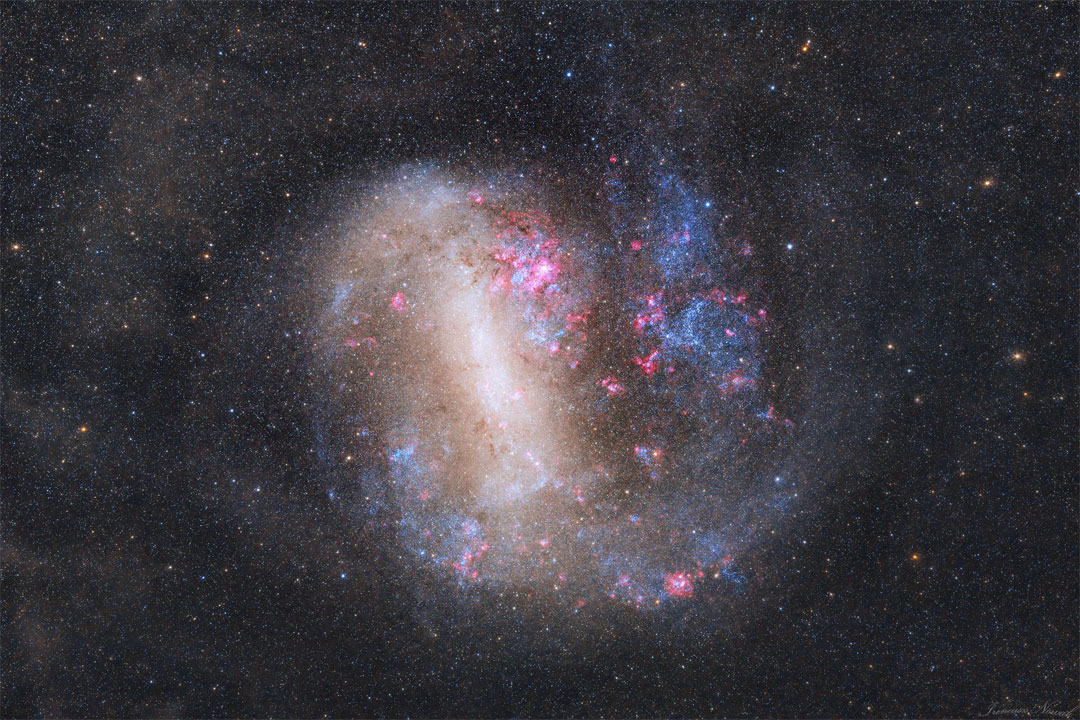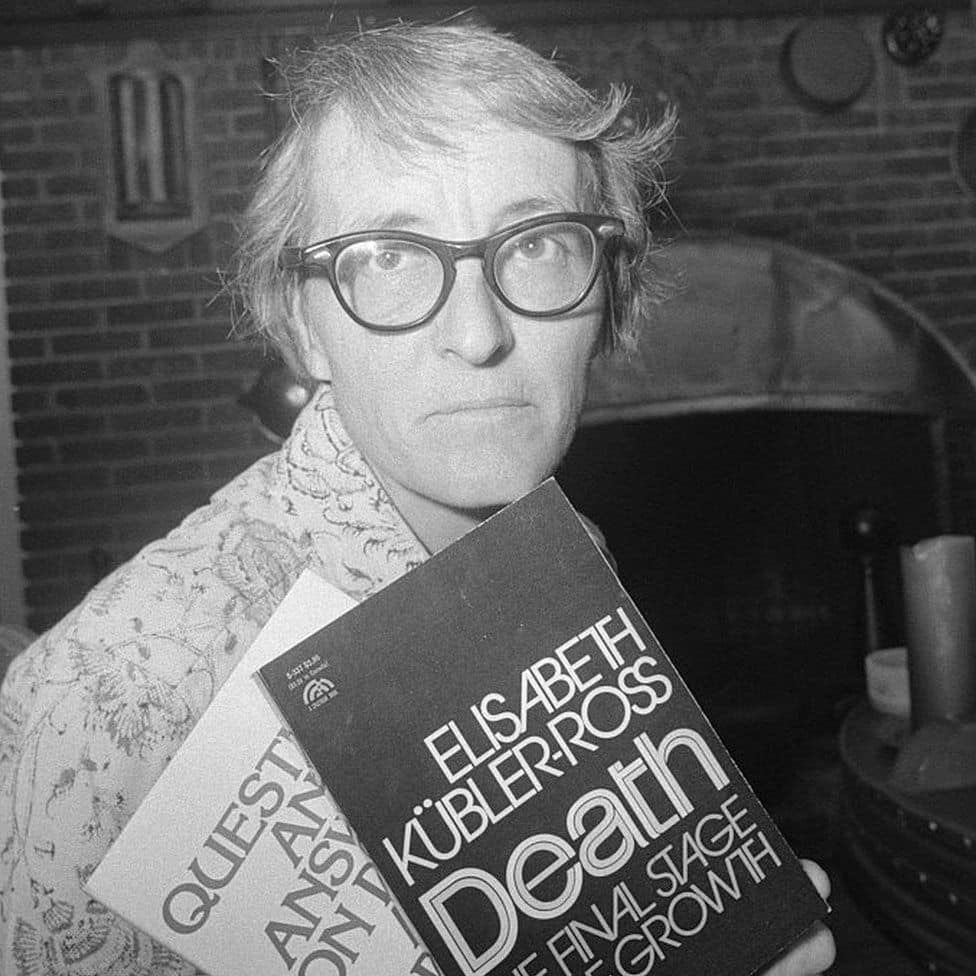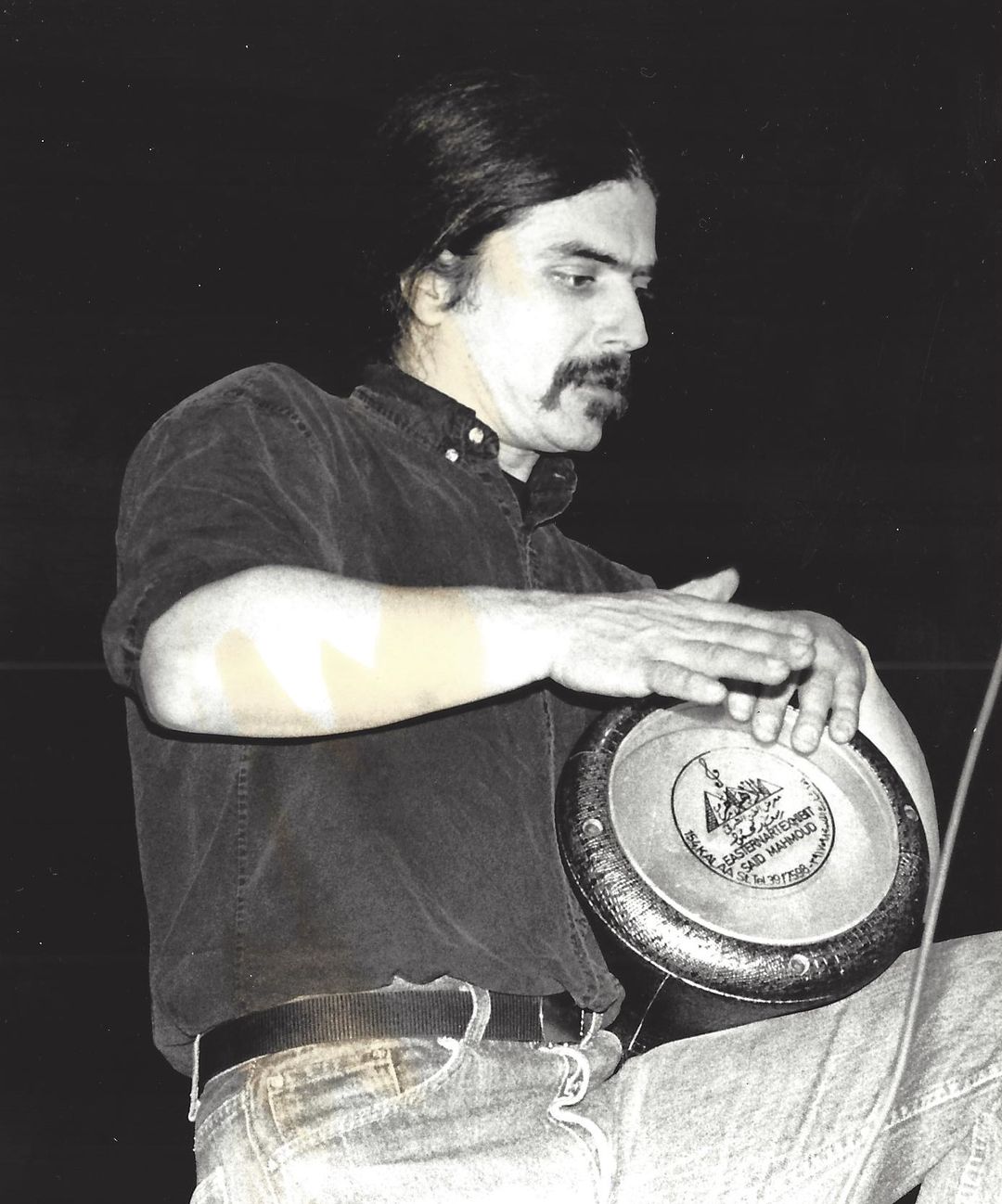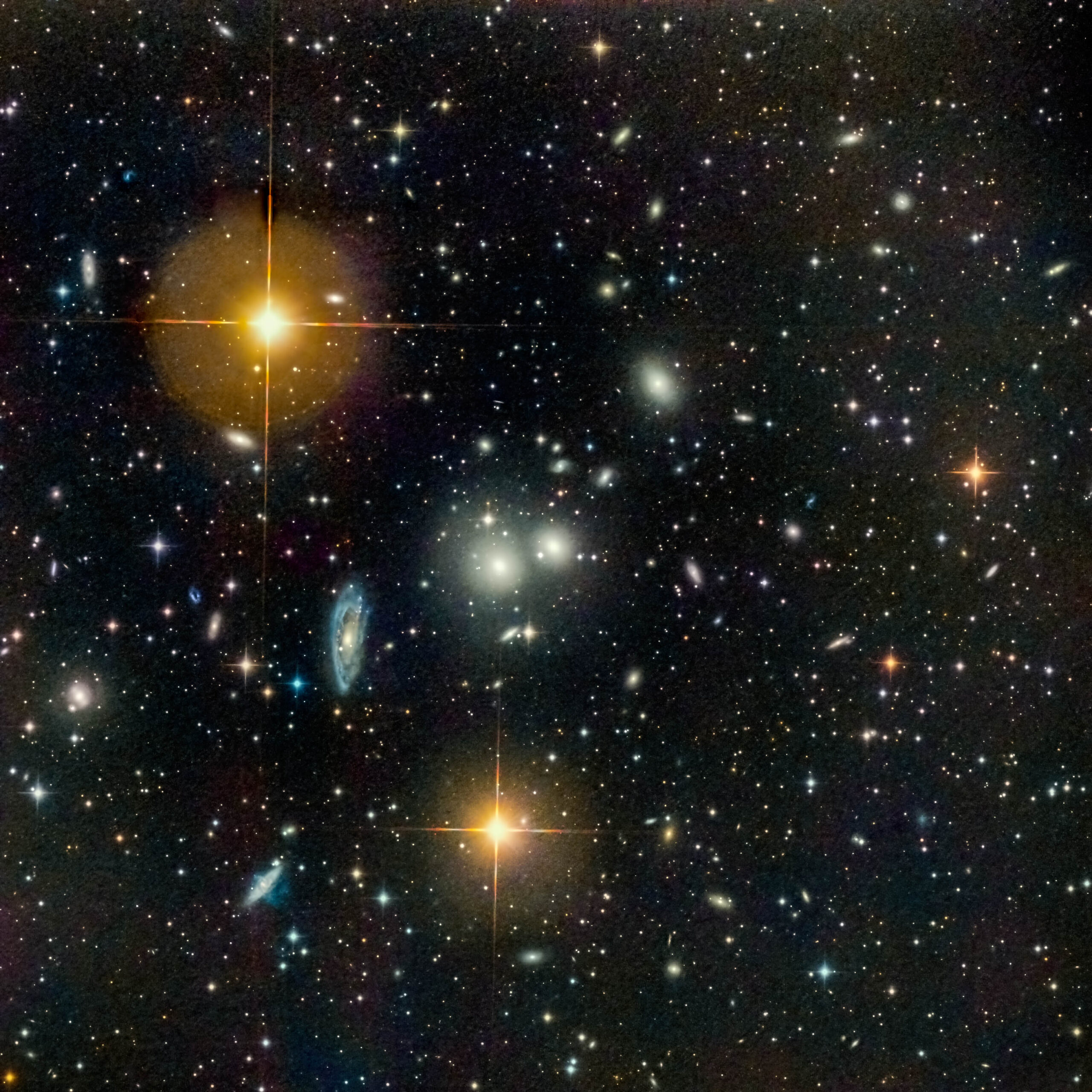Blog
Earle Lavon “Von” Freeman Sr. (October 3, 1923 – August 11, 2012) was an American hard bop jazztenor saxophonist. Freeman enlisted into the Navy during World War II and was trained at Camp Robert Smalls in Chicago. “All the great musicians ended up at Great Lakes”, he recalled. “It was an incubator for the best and the brightest lights in the jazz world at that time, and the musical jam sessions were simply phenomenal.” After training, he was sent to Hawaii as part of the Hellcats stationed at Barbers Point Naval Air Station in a band that starred Harry “Pee Wee” Jackson, the trumpeter from Cleveland whose nickname was Gabriel.The Hellcats were frequent winners of the islands’ competitive Battle of the Bands competitions and included musicians who had formerly played in bands fronted by Duke Ellington, Fletcher Henderson, Ella Fitzgerald, Lucky Millinder, Les Hite, Count Basie, Fats Waller, and Tiny Bradshaw. After his return to Chicago, where he remained for the duration of his career, Freeman played with his brothers George on guitar and Eldridge “Bruz” Freeman on drums at the Pershing Hotel Ballroom. Various leading jazzmen such as Charlie Parker, Roy Eldridge and Dizzy Gillespie played there with the Freemans as the backing band. In the early 1950s, Von played in Sun Ra‘s band.
more...Mohandas Karamchand Gandhi (ISO: Mōhanadāsa Karamacaṁda Gāṁdhī; 2 October 1869 – 30 January 1948) was an Indian lawyer, anti-colonial nationalist, and political ethicist who employed nonviolent resistance to lead the successful campaign for India’s independence from British rule. He inspired movements for civil rights and freedom across the world. The honorific Mahātmā (from Sanskrit ‘great-souled, venerable’), first applied to him in South Africa in 1914, is now used throughout the world.
Born and raised in a Hindu family in coastal Gujarat, Gandhi trained in the law at the Inner Temple in London and was called to the bar in June 1891, at the age of 22. After two uncertain years in India, where he was unable to start a successful law practice, Gandhi moved to South Africa in 1893 to represent an Indian merchant in a lawsuit. He went on to live in South Africa for 21 years. There, Gandhi raised a family and first employed nonviolent resistance in a campaign for civil rights. In 1915, aged 45, he returned to India and soon set about organising peasants, farmers, and urban labourers to protest against discrimination and excessive land-tax.
Assuming leadership of the Indian National Congress in 1921, Gandhi led nationwide campaigns for easing poverty, expanding women’s rights, building religious and ethnic amity, ending untouchability, and, above all, achieving swaraj or self-rule. Gandhi adopted the short dhoti woven with hand-spun yarn as a mark of identification with India’s rural poor. He began to live in a self-sufficient residential community, to eat simple food, and undertake long fasts as a means of both introspection and political protest. Bringing anti-colonial nationalism to the common Indians, Gandhi led them in challenging the British-imposed salt tax with the 400 km (250 mi) Dandi Salt March in 1930 and in calling for the British to quit India in 1942. He was imprisoned many times and for many years in both South Africa and India.
Gandhi’s vision of an independent India based on religious pluralism was challenged in the early 1940s by a Muslim nationalism which demanded a separate homeland for Muslims within British India. In August 1947, Britain granted independence, but the British Indian Empire was partitioned into two dominions, a Hindu-majority India and a Muslim-majority Pakistan. As many displaced Hindus, Muslims, and Sikhs made their way to their new lands, religious violence broke out, especially in the Punjab and Bengal. Abstaining from the official celebration of independence, Gandhi visited the affected areas, attempting to alleviate distress. In the months following, he undertook several hunger strikes to stop the religious violence. The last of these was begun in Delhi on 12 January 1948, when Gandhi was 78. The belief that Gandhi had been too resolute in his defence of both Pakistan and Indian Muslims spread among some Hindus in India. Among these was Nathuram Godse, a militant Hindu nationalist from Pune, western India, who assassinated Gandhi by firing three bullets into his chest at an interfaith prayer meeting in Delhi on 30 January 1948.
Gandhi’s birthday, 2 October, is commemorated in India as Gandhi Jayanti, a national holiday, and worldwide as the International Day of Nonviolence. Gandhi is considered to be the Father of the Nation in post-colonial India. During India’s nationalist movement and in several decades immediately after, he was also commonly called Bapu (Gujarati endearment for “father”, roughly “papa”, “daddy”).

It is the largest satellite galaxy of our home Milky Way Galaxy. If you live in the south, the Large Magellanic Cloud (LMC) is quite noticeable, spanning about 10 degrees across the night sky, which is 20 times larger than the full moon towards the southern constellation of the dolphinfish (Dorado). Being only about 160,000 light years away, many details of the LMC’s structure can be seen, such as its central bar and its single spiral arm. The LMC harbors numerous stellar nurseries where new stars are being born, which appear in pink in the featured image. It is home to the Tarantula Nebula, the currently most active star forming region in the entire Local Group, a small collection of nearby galaxies dominated by the massive Andromeda and Milky Way galaxies. Studies of the LMC and the Small Magellanic Cloud (SMC) by Henrietta Swan Leavitt led to the discovery of the period-luminosity relationship of Cepheidvariable stars that are used to measure distances across the nearby universe.

Donald McLean III (born October 2, 1945) is an American singer-songwriter and guitarist, known to fans as the “American Troubadour” or “King of the Trail”. He is best known for his 1971 hit “American Pie“, an eight-and-a-half-minute folk rock song that has been referred to as a “cultural touchstone”. His other hit singles include “Vincent“, “Dreidel”, “Castles in the Air“, and “Wonderful Baby“, as well as renditions of Roy Orbison‘s “Crying” and the Skyliners‘ “Since I Don’t Have You“.
McLean’s song “And I Love You So” has been recorded by Elvis Presley, Perry Como, Helen Reddy, Glen Campbell, and others. In 2000, Madonna had a hit with a rendition of “American Pie”.
In 2004, McLean was inducted into the Songwriters Hall of Fame. In January 2018, BMI certified that “American Pie” had reached five million airplays and “Vincent” three million.
more...Gordon Matthew Thomas Sumner CBE (born 2 October 1951), known as Sting, is an English musician, activist and actor. He was the frontman, principal songwriter and bassist for new wave band the Police from 1977 until their breakup in 1986. He launched a solo career in 1985 and has included elements of rock, jazz, reggae, classical, new-age, and worldbeat in his music.
As a solo musician and a member of the Police, Sting has received 17 Grammy Awards: he won Song of the Year for “Every Breath You Take“, three Brit Awards, including Best British Male Artist in 1994 and Outstanding Contribution in 2002, a Golden Globe, an Emmy, and four nominations for the Academy Award for Best Original Song. In 2019, he received a BMI Award for “Every Breath You Take” becoming the most-played song in radio history. In 2002, Sting received the Ivor Novello Award for Lifetime Achievement from the British Academy of Songwriters, Composers and Authors and was also inducted into the Songwriters Hall of Fame. He was inducted into the Rock and Roll Hall of Fame as a member of the Police in 2003. In 2000, he received a star on the Hollywood Walk of Fame for recording. In 2003, Sting received a CBE from Elizabeth II at Buckingham Palace for services to music. He was made a Kennedy Center Honoree at the White House in 2014 and was awarded the Polar Music Prize in 2017. In May 2023, he was made an Ivor Novello Fellow.
With the Police, Sting became one of the world’s best-selling music artists. Solo and with the Police combined, he has sold over 100 million records. In 2006, Paste ranked him 62nd of the 100 best living songwriters. He was 63rd of VH1‘s 100 greatest artists of rock, and 80th of Q‘s 100 greatest musical stars of the 20th century. He has collaborated with other musicians on songs such as “Money for Nothing” with Dire Straits, “All for Love” with Bryan Adams and Rod Stewart, “Desert Rose” with Cheb Mami, “Rise & Fall” with Craig David, and “You Will Be My Ain True Love” with Alison Krauss. In 2018, he released the album 44/876, a collaboration with Jamaican musician Shaggy, which won the Grammy Award for Best Reggae Album in 2019.
more...Howard Mancel Roberts (October 2, 1929 – June 28, 1992) was an American jazz guitarist, educator, and session musician.
Roberts was born in Phoenix, Arizona to Damon and Vesta Roberts, and began playing guitar at the age of 8 — a Gibson manufactured $18 Kalamazoo student model acoustic given to him by his parents at Christmas. He took lessons from Horace Hatchett, who commented to Roberts’ father that Roberts, at the age of 15, “… has his own style of playing and there’s nothing else I can show him. He plays better than I do.” By the time he was 15, he was playing professionally locally, predominantly blues-based music, where he learned from a number of black musicians, trumpeter Art Farmer being among that group. In 1992 Roberts was quoted in The Independent Newsletter by Steve Voce saying he considered that early experience to be “the most valuable” to him in his development as a player. At the time Roberts and his close friend and roommate, guitarist Howard Heitmeyer, would start their day by practicing 3 or 4 hours, catch an afternoon movie, returning to practice until they went to the clubs in the evening.
When Roberts reached the age of 17 he was involved with a class that was begun by Joseph Schillinger, a composer/theorist. Fabian Andre had been commissioned to teach the class. Some of the students who had taken the class included George Gershwin, Tommy Dorsey, Benny Goodman and Oscar Levant. Schillinger applied mathematical principles to art which appealed to Roberts. To be able to take the course he made a deal with Andre; he’d sweep the floors after class to help defray the cost of his tuition. By the late ‘40s Roberts was playing with one of his boyhood friends, Pete Jolly – a well known jazz pianist – and they toured Washington and Idaho in early 1950.
more...

The Hydra Cluster (or Abell 1060) is a galaxy cluster that contains 157 bright galaxies, appearing in the constellation Hydra. The cluster spans about ten million light-years and has an unusually high proportion of dark matter. The cluster is part of the Hydra–Centaurus Supercluster located 158 million light-years from Earth. The cluster’s largest galaxies are elliptical galaxies NGC 3309 and NGC 3311 and the spiral galaxy NGC 3312 all having a diameter of about 150,000 light-years. In spite of a nearly circular appearance on the sky, there is evidence in the galaxy velocities for a clumpy, three-dimensional distribution. 190mly distant.

Ellen McIlwaine (October 1, 1945 – June 23, 2021) was an American-born singer-songwriter and musician best known for her career as a solo singer, songwriter and slide guitarist.
Born in Nashville, Tennessee, United States, McIlwaine was adopted by missionaries and raised in Kobe, Japan, giving her exposure to multiple languages and cultures. She attended the Canadian Academyschool in Kobe, graduating in 1963. Her first experience in music was playing on piano Ray Charles, Fats Domino and Professor Longhair songs that she heard on Japanese radio. On moving back to the United States she bought a guitar, beginning a stage career in Atlanta, Georgia in the mid-1960s.
In 1966, McIlwaine had a stint in New York City’s Greenwich Village where she opened every night at the Cafe Au Go Go, playing with Jimi Hendrix, and opening for Muddy Waters, Sonny Terry and Brownie McGhee, and Big Joe Williams. She returned to Atlanta to form the band Fear Itself, a psychedelic blues rock band.
more...Curtis Lundy (born October 1, 1955) is an American double bass player, composer, producer, choir director and arranger. Lundy is best known for his work as part of jazz vocalist Betty Carter‘s band. He is the brother of vocalist Carmen Lundy, with whom he has also recorded.
more...David Holland (born 1 October 1946) is an English double bassist, bass guitarist, cellist, composer and bandleader who has been performing and recording for five decades. He has lived in the United States since the early 1970s.
His extensive discography ranges from solo performances to pieces for big band. Holland runs his own independent record label, Dare2, which he launched in 2005. After moving to London in 1964, Holland played double bass in small venues and studied with James Edward Merrett, principal bassist of the Philharmonia Orchestra and, later, the BBC Symphony Orchestra. Merrett trained him to sight read and then recommended he apply to the Guildhall School of Music and Drama. Holland received a full-time scholarship for the three-year programme. At 20, Holland was keeping a busy schedule in school, studios and Ronnie Scott’s Jazz Club, London’s premier jazz club, where he often played in bands that supported such touring American jazz saxophonists as Coleman Hawkins, Ben Webster and Joe Henderson. He also linked up with other British jazz musicians, including guitarist John McLaughlin, saxophonists Evan Parker and John Surman, South Africa-born London-based pianist Chris McGregor, and drummer John Stevens, and performed on the Spontaneous Music Ensemble’s 1968 album Karyobin. He also began a working relationship with Canada-born, England-based trumpeter Kenny Wheeler that continued until Wheeler’s death in 2014.
more...Albert Gene Collins (October 1, 1932 – November 24, 1993 Leona, TX) was an American electric blues guitarist and singer with a distinctive guitar style. He was noted for his powerful playing and his use of altered tunings and a capo. His long association with the Fender Telecaster led to the title “The Master of the Telecaster”.
At 18, Collins started his own group, the Rhythm Rockers, in which he honed his craft. During this time he was employed for four years at a ranch in Normangee, Texas; he then worked as a truck driver for various companies for 12 years.
Collins played an Epiphone guitar during his first two years with the Rhythm Rockers, but in 1952, after seeing Clarence “Gatemouth” Brown playing a Fender Esquire, he decided to purchase a Fender. He wanted a Telecaster, but because of the cost he chose to buy an Esquire, which he took to the Parker Music Company in Houston to be fitted with a Telecaster neck pickup. This was his main guitar until he moved to California, and it was the guitar that he used on his earliest recordings, including his signature song, “Frosty”. For the rest of his career he played a “maple cap”–necked natural ash body Fender 1966 Custom Telecaster with a Gibson PAF humbucking pickup retrofitted into the neck position, which became the basis for a Fender Custom Artist signature model in 1990.
more...More Posts
- World Music with Odpoczno
- Daily Roots with Ras Tweed
- The Cosmos with M8
- Johnny “Big Moose” Walker Day
- Elmo Hope Day
- Shad Collins Day
- World Music with Eleftheria Arvanitaki
- Daily Roots with Israel Vibration
- The Cosmos with NGC 1187
- Reggie Workman Day
- Big Bill Broonzy Day
- World Music with Very Be Careful
- Daily Roots with Uwe Banton
- The Cosmos with M20
- Joe Chambers Day
- Clifton Chenier Day
- Johnny Smith Day
- World Music with Haig Yazdjian
- Daily Roots with Peter Tosh
- Your Community Band 6-24-18 2pm
